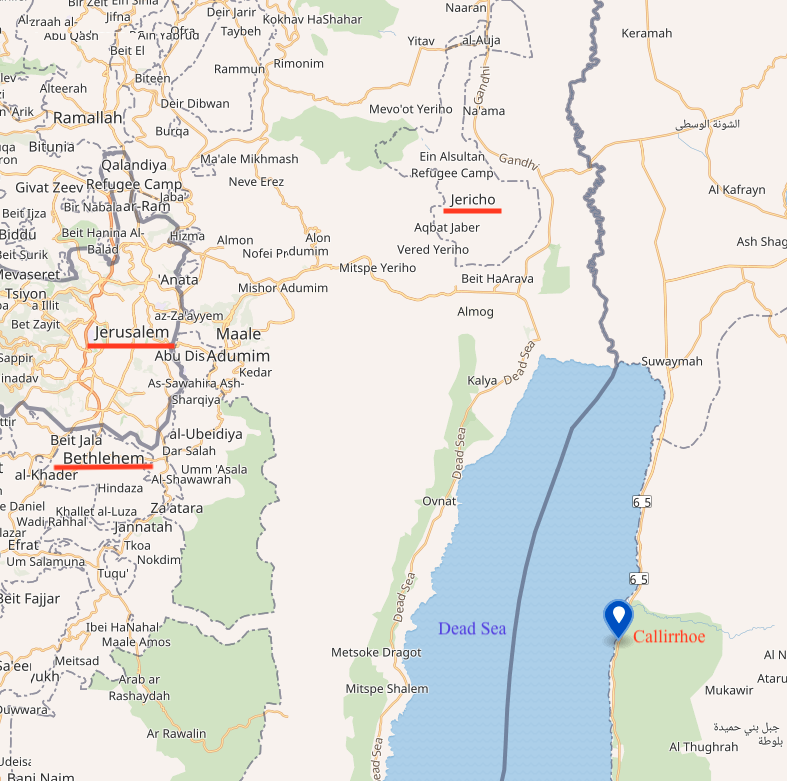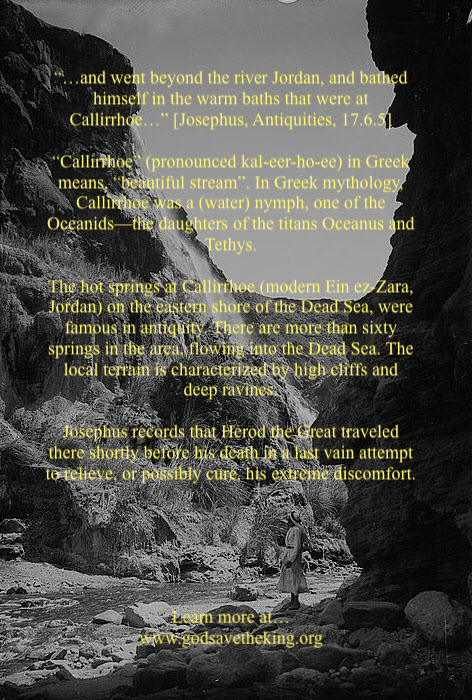
“…and went beyond the river Jordan, and bathed himself in the warm baths that were at Callirrhoe…”
Josephus, Antiquities of the Jews, 17.6.5
“Callirrhoe” (pronounced kal-eer-ho-ee) in Greek means, “beautiful stream”. The phrase therma kallirhoes means, “warm beautiful stream”. In Greek mythology, Callirrhoe was a (water) nymph,1 one of the Oceanids—the daughters of the titans Oceanus and Tethys.
The hot springs at Callirrhoe (modern Ein ez-Zara, Jordan) on the eastern shore of the Dead Sea, were famous in antiquity. There are more than sixty springs in the area, flowing into the Dead Sea. The local terrain is characterized by high cliffs and deep ravines.
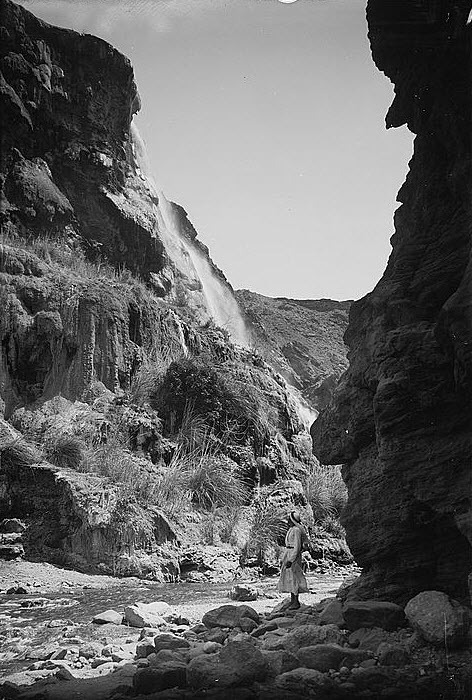
Josephus records that Herod the Great traveled there shortly before his death in a last vain attempt to relieve, or possibly cure, his extreme discomfort.
Archaeologists have discovered a harbor for boat traffic, several villas, and a nymphaeum—a temple or monument dedicated to nymphs, especially those believed to inhabit streams. One of the villas has a plastered pool that received water via a channel from the hot springs.
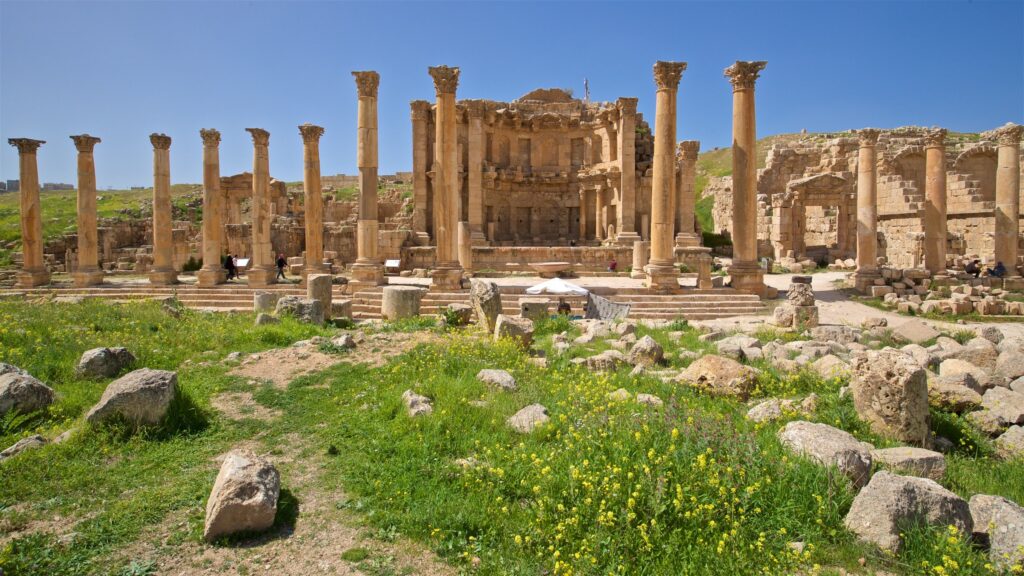
Although it has yet to be determined whether Herod, the greatest builder in Jewish history, was responsible for the buildings in Callirrhoe, it is highly probable Herod had some type of lodging there.
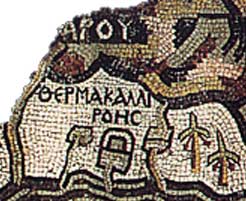
Herod also undoubtedly rebuilt the Hasmonean fortress at Machaerus, a hilltop palace/fortress about five miles to the east, and the road connecting the two. Machaerus is where John the Baptist was later imprisoned and beheaded. The archaeological site there clearly reveals two dungeons.
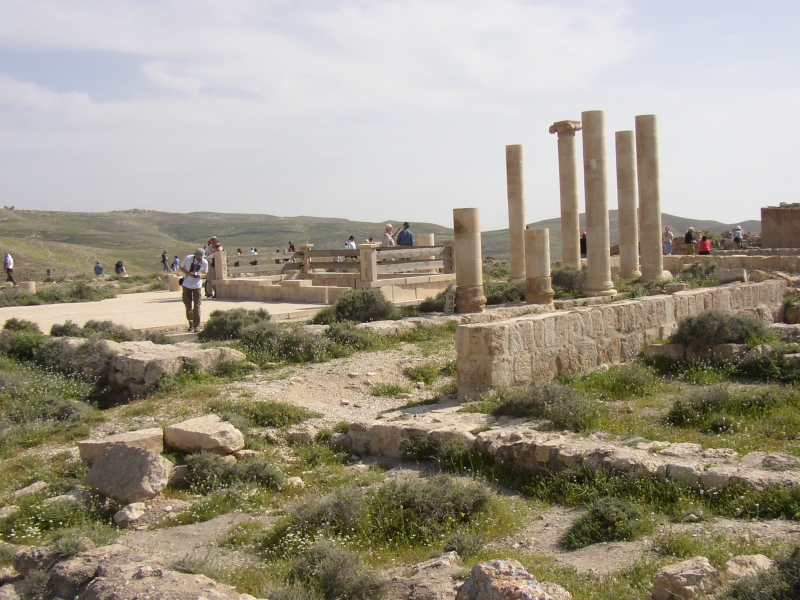
- Water nymphs are frequently associated with, or considered identical to mermaids. This is provocative given worship of Dagon by the Philistines, the name given to the springs at Callirrhoe, and the presence of a nymphaeum at Callirrhoe, and another at Jerash, Jordan.
